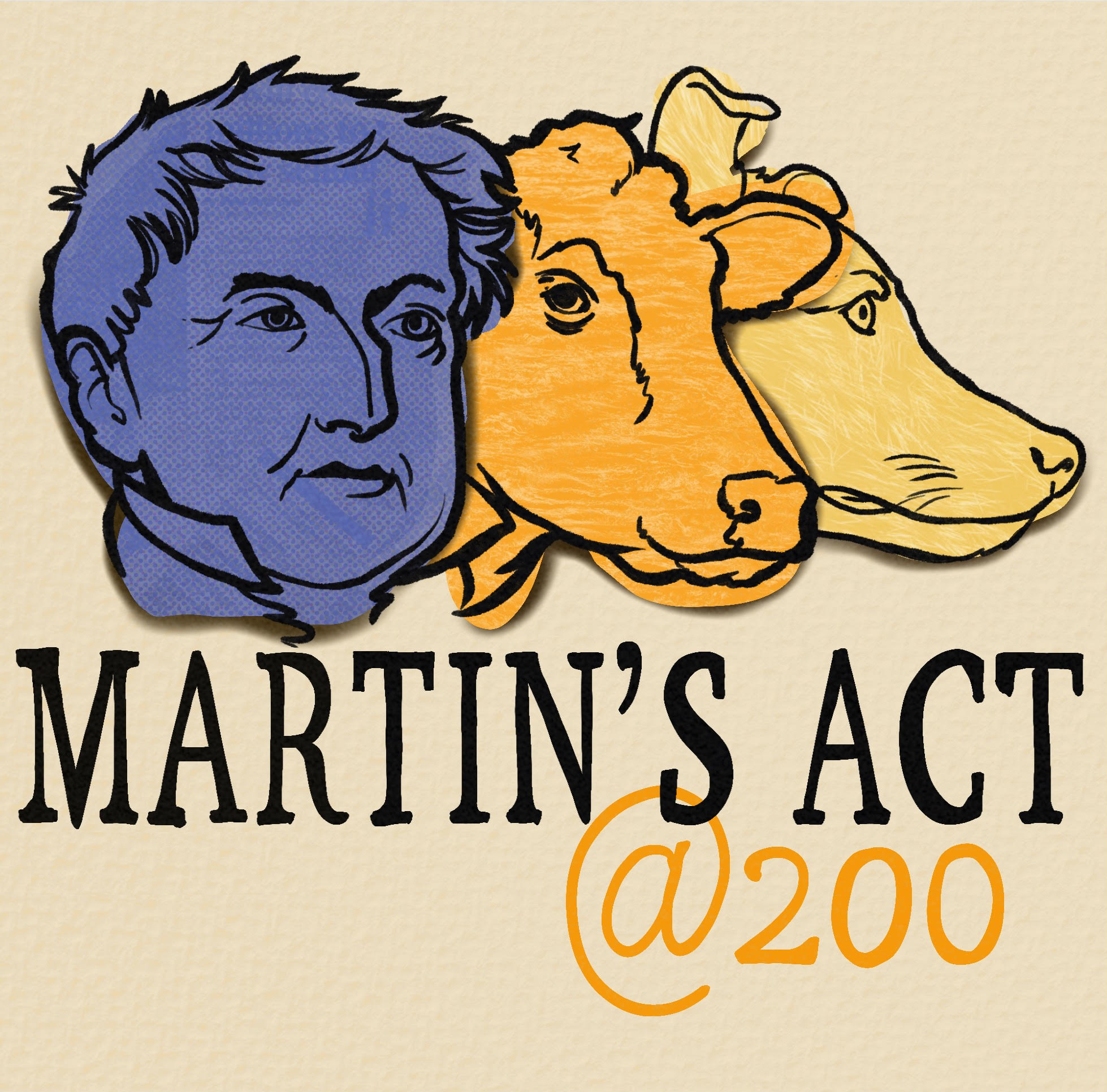Why did Alex Lockwood and the Culture & Animals Foundation start an investigation of the history of animal advocacy with a single piece of legislation from a single political body?
After all, there were plenty of reasons to begin at a different time, in a different place, and with a different dispensation. Proscriptions against harming or killing certain animals in particular circumstances are present in the Hebrew Bible; the Asian religious traditions known as Hinduism, Buddhism, and Jainism place considerable emphasis on ahimsa, a commitment to nonviolence that extends to many animals; and many Indigenous practices consider some animals ancestors or gods, and have honored that identity with a very different idea of animals’ relationship with the divine and human.
The Cruel Treatment of Cattle Act wasn’t even the first proscription from an authoritative body regarding unnecessary suffering: the Buddhist emperor Ashoka’s steles and the 1641 fiat from the Massachusetts Bay Colony (discussed in Episode 3 of Martin’s Act at 200) illustrate authorities attempting to restrict some harm to some animals. Moreover, as Martin’s Act at 200 indicates in episodes 1 and 2, the 1822 Act was the culmination of two decades of attempts in parliament to pass legislation: so, it didn’t come out of the blue.
So, why 1822? Well, for one, there’s an obvious utility in employing a bicentenary to focus people’s attention. For another, the Act explicitly led to the founding of the Society for the Prevention of Cruelty to Animals in 1824 (discussed in Episode 2), and thence to many similar societies around the world. A third reason is that this legislation impacted the nature of much of that other legislation—not only in the United Kingdom, but in the United States, and eventually—as legal scholar Charlotte Blattner notes in Episode 6 and in a 2022 Tom Regan Memorial Lecture—around the world.
A fourth reason is that the legislation is a result of, and similarly constrained by, the freedom struggles of the late Enlightenment: the efforts of nations such as France, the U.S., Haiti, and Ireland to determine their destiny, the campaigns for an expansion of suffrage; the emergence of feminism; the organization of workers; and, of course, the effort to abolish the slave trade, and slavery as a whole. The individuals who were engaged in the legislative maneuvers against the cruel treatment of animals were both a part of those efforts and apart from them. As such they exemplify the paradoxes inherent in animal advocacy’s efforts to associate itself with, or distinguish itself from, human social justice movements.
The fifth reason is that the legislation itself encapsulates the contradictions and blind spots that, the audio documentary argues, have perhaps always existed in animal advocacy: over which animals are protected, and which aren’t; over who is designated an animal protector, and who isn’t; over the degree to which animal protection is about social control, or a reflection of class, ethnic, or national identity; and over gendered and raced attitudes toward animals and animal advocacy.
A final reason for choosing Martin’s Act is because—unlike other pieces of animal welfare “legislation”—the Cruel Treatment of Cattle Act is passed by a political body in which the debate regarding that legislation is recorded, and because its name is attached to a person who (unlike Ashoka) is not a semi-mythic king, but a very real—and very flawed—individual: Richard “Humanity Dick” Martin. And, as we’ll discuss in the next blog, he embodied the contradictions that were contained in his legislation.—Martin Rowe
Questions to Ask Yourself
1. If you had to think of a point or period of history in which to talk about the rise of animal welfare, which would it be, and why?
2. What for you is the legacy of Martin’s Act?

